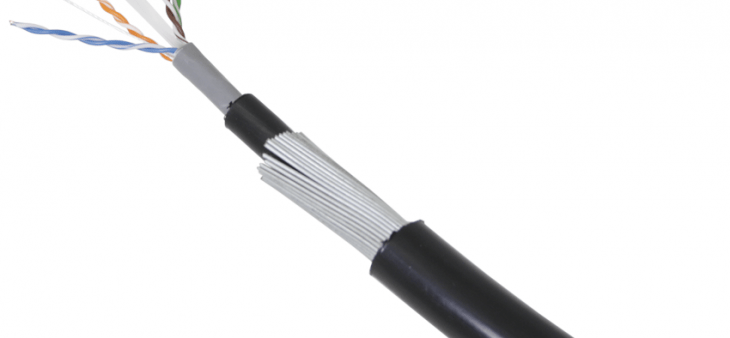
UTP
Widely implemented UTP wiring consists of two insulated copper wires which have been twisted around one another. The abbreviation UTP stands for “Unshielded Twisted Pair”. The twisting of the wire pairs helps to control signal degradation due to interference. Though the individual copper wires are insulated with a protective coating, the pairs themselves do not have shielding. Twisted wire pairs are grouped together to form a cable. One UTP network cable usually consists of four twisted pairs. UTP cables come in categories, with Cat5e as a common Ethernet option. The cable categories also specify the number of wire twists per foot. Cat 5e UTP cable is popular due to multiple advantages. It’s an affordable choice for use with local area network (LAN) and telephone connections, has a small diameter and offers ease of installation.
Unshielded Twisted Pair Cable Installations
Within business networks, Unshielded Twisted Pair Cables are terminated with standard connectors, including plugs and jacks. The maximum UTP cabling system run length is 100 metres. Fibre optic cables can deliver higher bandwidth and better interference protection than some twisted pair cabling, but these improvements can translate into higher product costs. When extra protection against crosstalk and interference are needed, shielded twisted pair (STP) products may be chosen over UTP network cabling.
UTP Cable Connections
Network connections with short to medium length requirements can utilize UTP cable. This cable type is also found in some video applications. UTP Network Cable Categories support a range of data transmission speeds. A complete UTP system will utilize components within a specific Category, including compatible cable, jacks, patch panels, and patch cords.
Call us free for additional UTP information.
